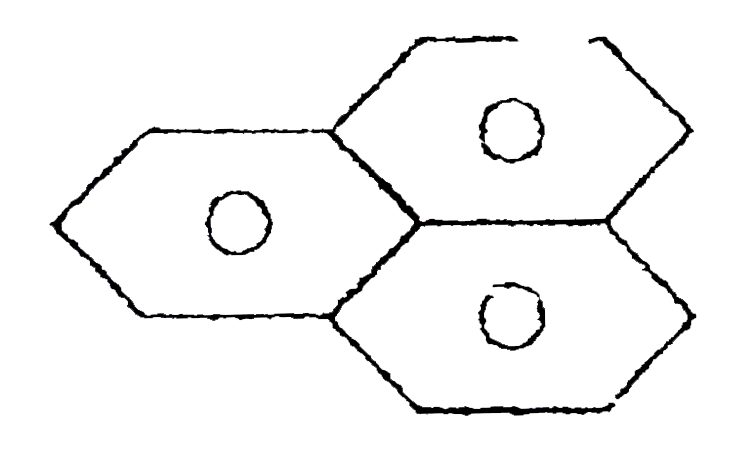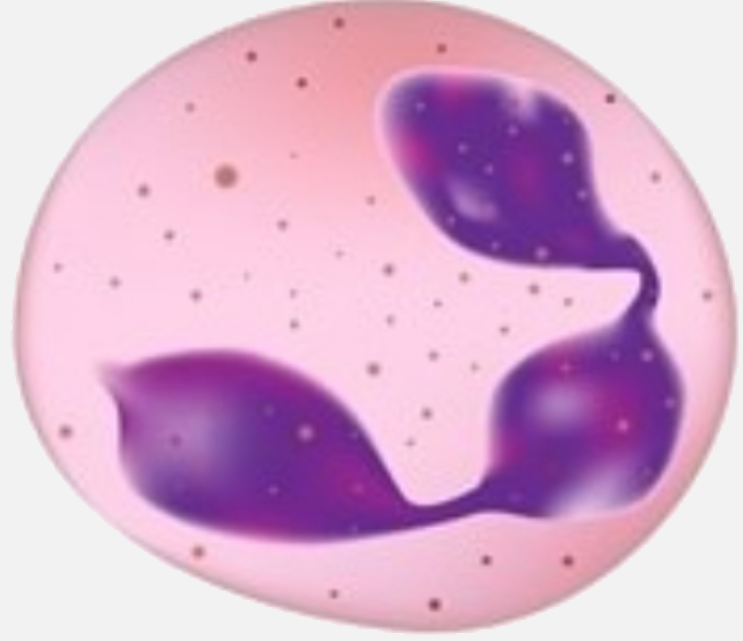Given diagram illustrates the changes that occur when a plant cell takes up water Identify L,Mand N and select the incorrect statement the given diagram
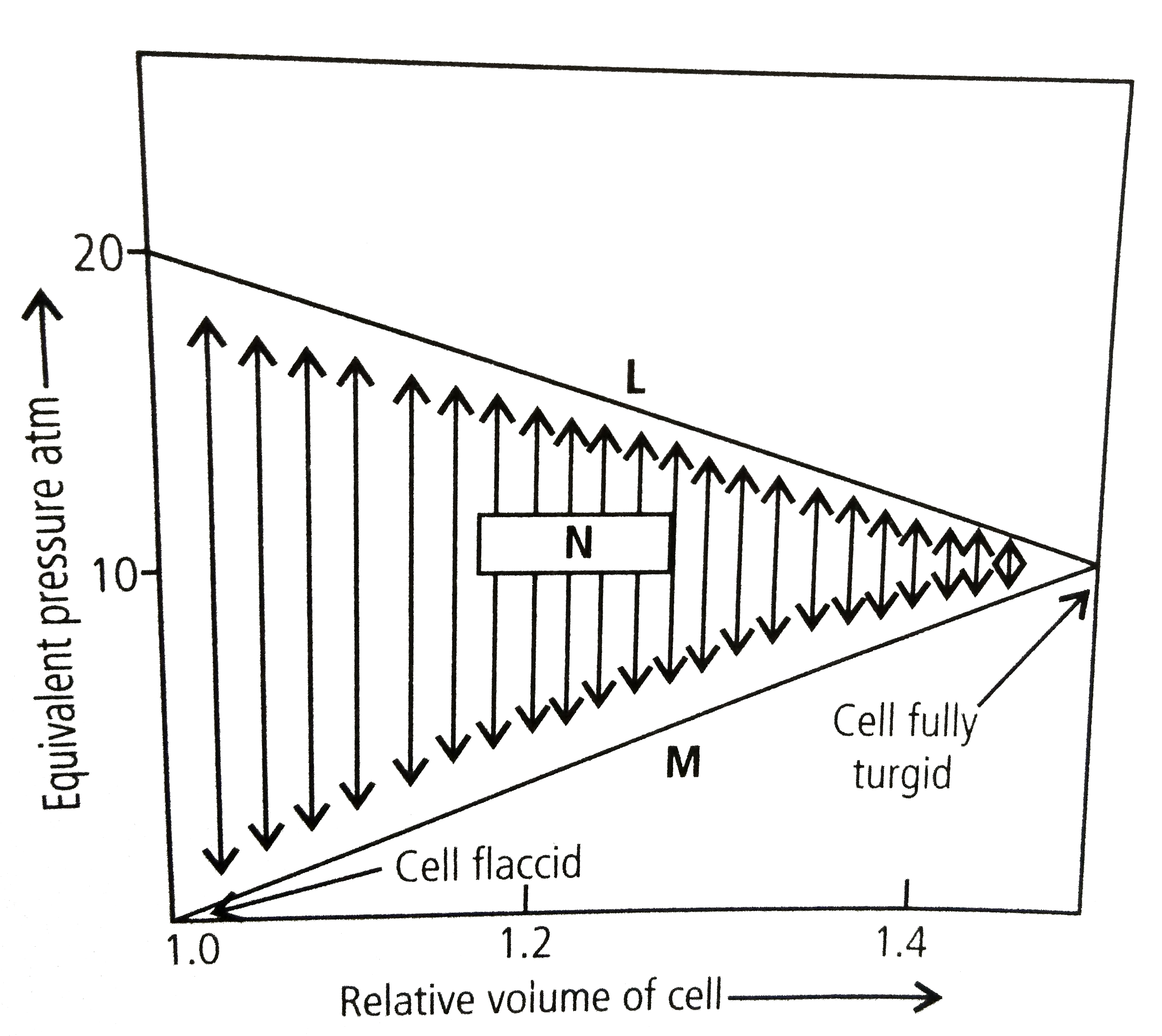
N is the diffusion pressure deficit which becomes zero when LandM re equal in magnitude.
In a flaccid cell value of N becomes equal to that of L
Mrepresents osmotic pressure which increases when a flaccid cell takes up water.
L represents solute potential which decreases with the increase in turgidity of the cell .
The correct Answer is:C
Given diagram illustrates the changes that occur when a flaccid plant cell takes up water. Lrepresnets osmotic pressure (OP) or solute potential (Ψs), M represents turgor pressure (TP) or pressure potential (Ψρ) and N represents diffusion pressure deficit (DPD) or water potential (Ψw).
In a flaccid cell, TP is zero, therefore, DPD=OP−0=OP. When a flaccid cell is placed in water it takes up water due to endosmosis OP of the cell starts decreasing while TP starts increasing. In fully turgid condition OP and TP become equal so that DPD becomes zero.
Topper's Solved these Questions
- BOOK - NCERT FINGERTPS ENGLISHCHAPTER - TRANSPORT IN PLANTSEXERCISE - Exemplar Problems12videos
TRANSPORT IN PLANTS
- BOOK - NCERT FINGERTPS ENGLISHCHAPTER - TRANSPORT IN PLANTSEXERCISE - Transport In Plants119videos
TRANSPORT IN PLANTS
- BOOK - NCERT FINGERTPS ENGLISHCHAPTER - TRANSPORT IN PLANTSEXERCISE - Phloem Transport:Flow From Source To Sink11videos
TRANSPORT IN PLANTS
- BOOK - NCERT FINGERTPS ENGLISHCHAPTER - THE LIVING WORLDEXERCISE - The Living World130videos
THE LIVING WORLD
Similar Questions
Knowledge Check
- Question 1 - Select One
Select the incorrect statement w.r.t pedigree analysis
AP extend longitudinally throughout the length of an anther and are paked with QBR is long and slender stalk, attached proximally to thalamus or petalCThe study of Q is called palynologyDNone of these - Question 2 - Select One
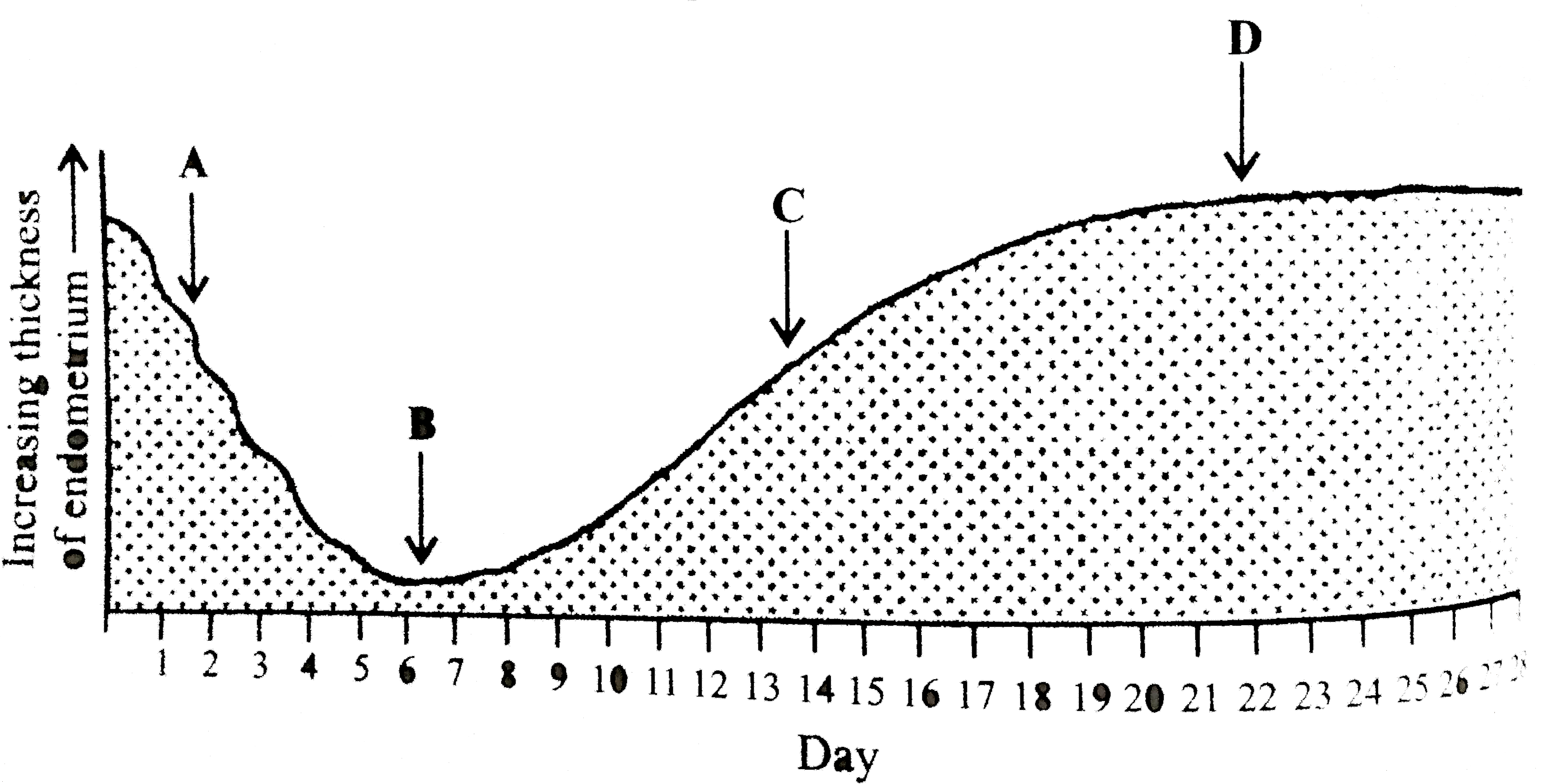
The accompanying diagram shows the changes that take place in the endometrium during a normal menstrual cycle. Identify the changes and select the correct option.AOvulationMenstruationABBOvulationMenstruationACCOvulationMenstruationCADOvulationMenstruationBD - Question 3 - Select One
A diagram of ear is given here.Identify the parts A to H and select the correct option.
 AA-Temporal bone, B-Malleus, C-Incus, D-Stapes, E-Cochlea, F-Eustachian tube, G-Tympanic membrane, H-External auditory canalBA-Tympanic membrane, B-Malleus, C-Incus, D-Stapes, E-Cochlea, F-Eustachian tube, G-Temporal bone, H-External auditory canalCA-Tympanic membrane, B-Incus, C-Malleus, D-Stapes, E-Cochlea, F-Eustachian tube, G-Temporal bone, H-External auditory canalDA-Temporal bone, B-Malleus, C-Incus, D-Cochlea, E-Stapes, F-Eustachian tube, G-Tympanic membrane, H-External auditory canal
AA-Temporal bone, B-Malleus, C-Incus, D-Stapes, E-Cochlea, F-Eustachian tube, G-Tympanic membrane, H-External auditory canalBA-Tympanic membrane, B-Malleus, C-Incus, D-Stapes, E-Cochlea, F-Eustachian tube, G-Temporal bone, H-External auditory canalCA-Tympanic membrane, B-Incus, C-Malleus, D-Stapes, E-Cochlea, F-Eustachian tube, G-Temporal bone, H-External auditory canalDA-Temporal bone, B-Malleus, C-Incus, D-Cochlea, E-Stapes, F-Eustachian tube, G-Tympanic membrane, H-External auditory canal
The accompanying diagram shows the changes that take place in the endometrium during a normal menstrual cycle. Identify the changes and select the correct option.
 View Solution
View SolutionThe given diagram shows different stages of seed germination. Identify A,B,C and D and select the correct option.
 View Solution
View SolutionThe given diagram depicts cell plate method of cytokinesis in plant cells. Identify A,B and C
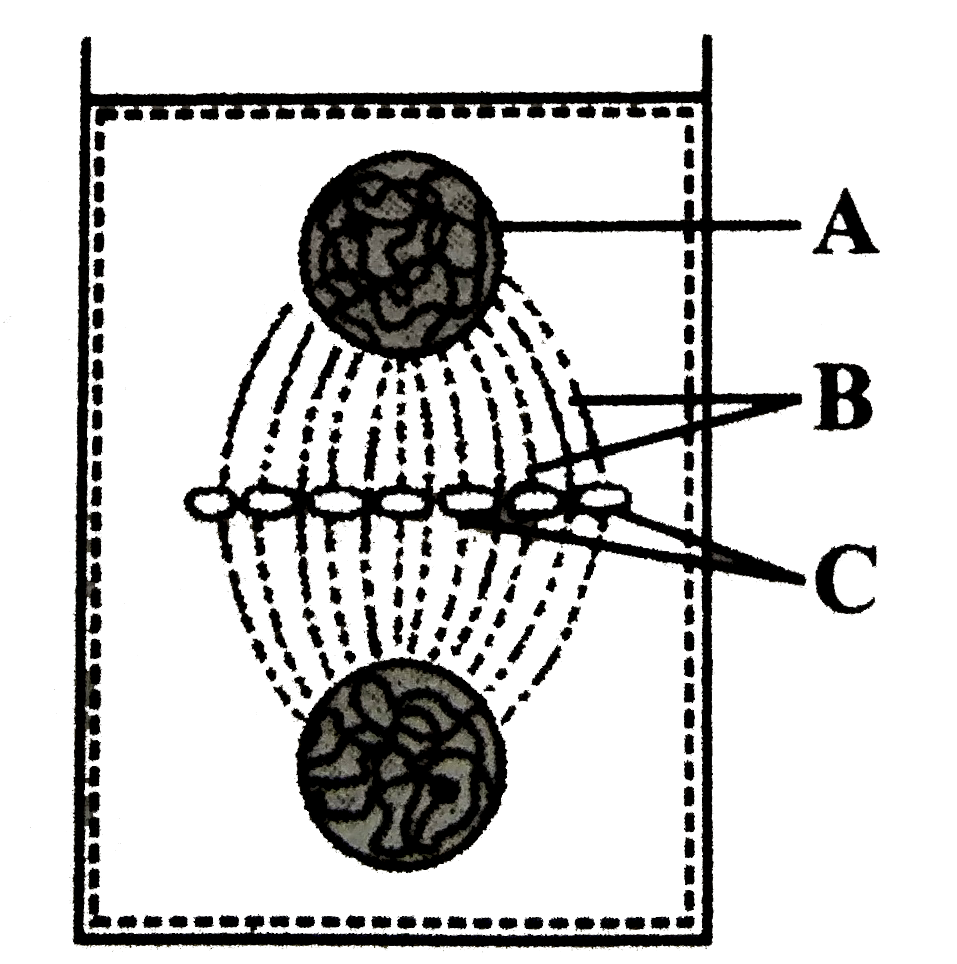 View Solution
View SolutionObserve the given diagram of the sectional view of testis.
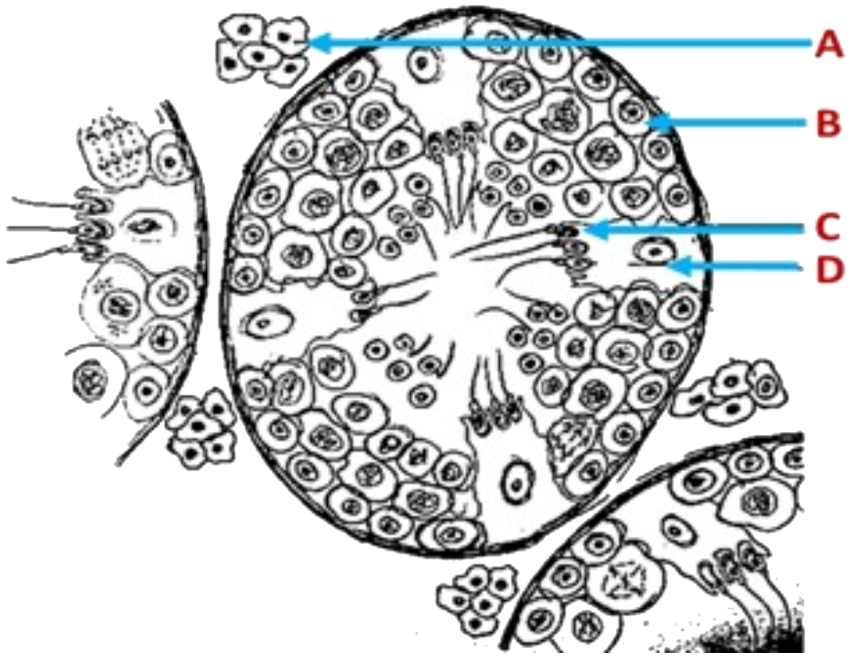
Identify the parts labelled A-D and select the correct option.View SolutionThe given pie diagram represents different components of the soil. Identify P,Q and R and select the correct option
 View Solution
View Solution


